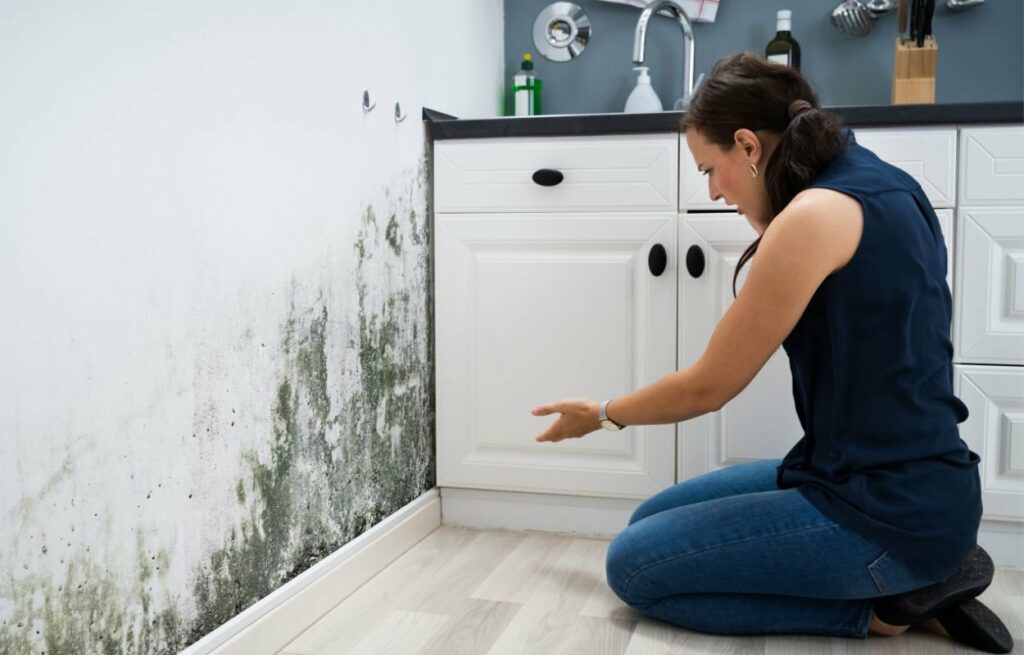
Mold. Just the word is enough to make most people cringe. That sneaky little fungus can creep into your home, spreading its spores and causing all kinds of problems before you even realize it’s there. And by the time you do notice, it might already be a full-blown disaster. The good news? You can catch it early if you know what to look for.
Let’s talk about how to detect mold before it takes over your home—and your health.
THE SUBTLE SIGNS OF MOLD GROWTH
Mold doesn’t always announce itself with big, obvious patches of green or black fuzz. Sometimes, it lurks in places you rarely check, slowly spreading under carpets, behind walls, or inside ventilation systems. If you want to catch mold before it turns into a nightmare, you need to pay attention to the subtle warning signs.
One of the first indicators is a musty smell. If a room or certain area in your home smells earthy, damp, or just “off,” there’s a good chance mold is hiding somewhere nearby. This odor is caused by microbial volatile organic compounds (MVOCs) that mold releases as it grows. If the smell is persistent, don’t ignore it.
Another early sign? Discoloration. Mold doesn’t always appear in the stereotypical black spots. Sometimes, it starts as light stains on walls, ceilings, or floors. Yellow, brown, or even pinkish patches can all signal a moisture problem that could lead to mold.
WHERE MOLD LOVES TO HIDE
Mold is sneaky. It doesn’t just grow where you can see it—it thrives in dark, damp, and often forgotten places. Some of the most common hiding spots include bathrooms. If your bathroom doesn’t have proper ventilation, excess moisture from showers and sinks creates the perfect breeding ground for mold.
Check under sinks, around the base of the toilet, and in grout lines. Kitchens are another problem area. Leaky pipes under the sink, moisture from cooking, and forgotten spills behind the fridge can all lead to mold growth. Basements and attics also pose a risk. Poor air circulation and humidity make these areas prime real estate for mold. If your basement has that classic “old house” smell, mold could be the culprit. Windowsills and door frames are often overlooked.
Condensation builds up around these areas, especially in colder months. If you notice water pooling, mold could be following closely behind. HVAC systems can also harbor mold. Air ducts and vents collect dust and moisture, providing mold with a hidden yet ideal environment to grow.
THE HEALTH EFFECTS OF MOLD EXPOSURE
Mold isn’t just an eyesore—it can seriously impact your health. Some people are more sensitive than others, but prolonged exposure can lead to symptoms like constant sneezing or a runny nose, itchy or watery eyes, skin irritation or rashes, a persistent cough or wheezing, and headaches or dizziness. If you or someone in your home starts experiencing these symptoms without an obvious cause, mold could be the reason. The sooner you find and address it, the better.
HOW TO CONFIRM MOLD GROWTH
So, you’ve noticed a musty smell, some odd discoloration, or maybe even some suspicious spots. What now? There are a few ways to confirm whether mold is actually growing in your home.
Start with the touch test. If you see a suspicious spot on a wall or ceiling, lightly press on it. If it feels soft, damp, or crumbly, there’s a good chance moisture has been collecting there—and where there’s moisture, there’s a risk of mold.
Another easy test? Wipe the area with a diluted bleach solution. If the discoloration fades and then returns later, it’s likely mold. Mildew and dirt usually don’t come back after cleaning.
For a more precise confirmation, consider using an at-home mold testing kit. These kits allow you to take samples from different areas of your home and send them to a lab for analysis. However, if you suspect widespread mold, it’s best to bring in a professional who specializes in mold removal in Victoria.
PREVENTING MOLD GROWTH BEFORE IT STARTS
The best way to deal with mold is to stop it before it ever becomes a problem. Prevention starts with controlling moisture. Fix leaks immediately. Even a small drip under your sink can lead to major mold growth over time. Use exhaust fans in bathrooms and kitchens. Ventilation is key to keeping moisture levels down. Keep humidity levels in check. Ideally, indoor humidity should stay between 30-50%.
A dehumidifier can help, especially in damp areas like basements. Clean and dry spills quickly. Don’t let water sit for long periods, as even minor puddles can create a mold-friendly environment. Check for condensation. If you frequently see water droplets on windows, pipes, or walls, find out why and address the underlying cause.
WHEN TO CALL IN THE PROFESSIONALS
Sometimes, despite your best efforts, mold still finds a way to thrive. If you discover a large mold patch (more than 10 square feet), or if mold keeps coming back no matter how many times you clean it, it’s time to bring in a professional. Mold removal in Victoria should always be handled by experts when the problem is severe, as DIY solutions may not fully eliminate the issue.
A professional mold removal service can assess the extent of the damage, identify the root cause, and ensure that the mold is safely and effectively removed. They’ll also give you tips on how to prevent it from returning.
FINAL THOUGHTS
Mold is tricky, but it doesn’t have to be a nightmare. If you stay alert for musty odors, odd stains, and moisture buildup, you can catch mold early before it becomes a serious problem. Keep your home dry, well-ventilated, and leak-free to prevent mold from settling in. And if you ever feel overwhelmed, don’t hesitate to call in professionals to handle the job.
A mold-free home is a happy home—so stay vigilant, take action when needed, and breathe easy knowing you’ve got things under control!



